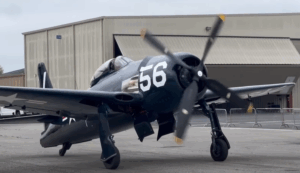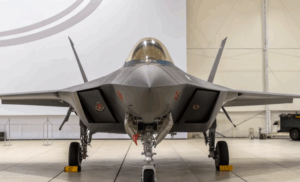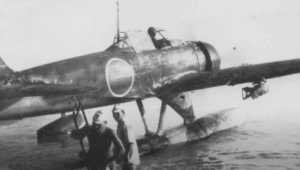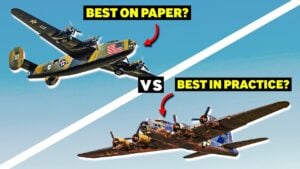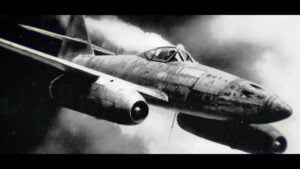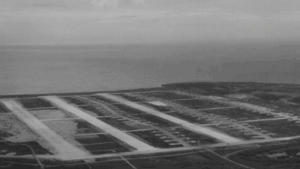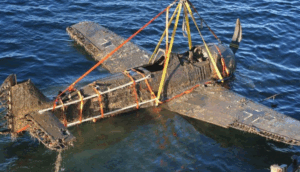de Havilland Mosquito – Was It The Most Versatile Aircraft of WW2?

YouTube / Curious Droid
The de Havilland Mosquito is the most versatile aircraft in the war, doing everything from photo-reconnaissance to U-boat hunting, night fighter, pathfinder, and secret mail courier to name just a few.
The aircraft also became popular for its extremely daring low-level precision bombing raids. They were a scourge of the Germans for their low-level high-speed attacks against anything worthy of hitting.
Unusual Plane
The Mosquito was one of the most unusual planes of WWII since its airframe was almost built entirely of wood, unlike other fighters and bombers which were mostly aluminum.
However, the plane’s primary feature is that it is highly streamlined with just a crew of two. It also has minimum defensive armor apart from the machine guns and cannons in the nose.
Least Number of Losses
The Mosquito can carry a similar payload to a B-17 but is quicker than enemy fighters. It also had the least losses of any aircraft in the command. While the Air Ministry was skeptical of using wood at first since it’s a step backward, they were more worried about the lack of armaments than anything.
Only after the first prototype was built and tested for reconnaissance and light bombing and shown faster than the current Spitfire with a top speed of over 400 mph (633 km/hr.) were some of the doubts quelled soon, after a fast long-range fighter prototype version added four .303 Browning machine guns and four 20 mm cannon in the nose along with airborne interception radar.
Breaking Records
In June 1941, the Mosquito became one of the world’s fastest operational planes with several US Air Force officials impressed by its performance. Initially, Mosquitoes were used for secret reconnaissance missions which continued throughout the war, making them the most productive photo-reconnaissance plane. They also started doing high-speed medium and low-level attacks against pinpoint targets such as factories, infrastructure, and individual buildings, a role they would become famous for.
The aircraft was also a pathfinder using its speed to go in and ring the target area with flares so that large bomber formations could air more accurately.
Versatile Aircraft
As a night fighter, it was especially good, with some Mosquitoes of the 100 Group RAF using radio countermeasures to track down the low UHF and VHF signals broadcast by German night fighters as they tried to merge with Allied bomber streams. Night-time raids were also done on German airfields.
The last raid of WWII by the RAF was done by 126 Mosquitoes against the German port of Kiel and the Kiel canal. Here, they dropped the last 4000 lb. blockbuster bombs of the war, devastating the port. Over forty versions of the plane were built with over 7,700 planes fought in all areas of the war.














